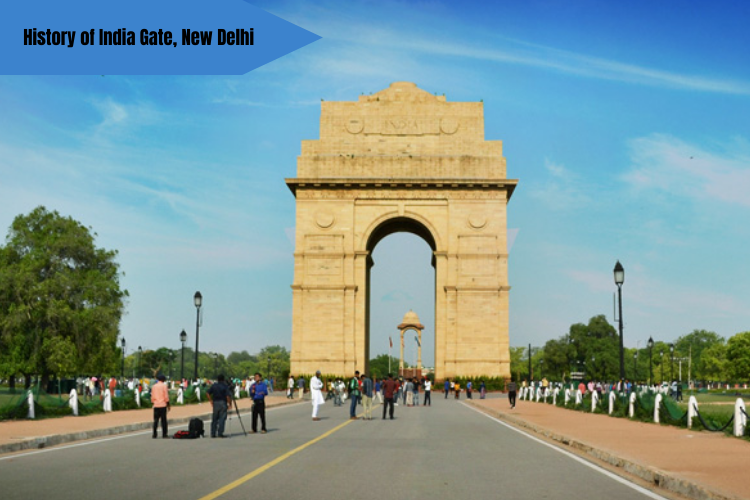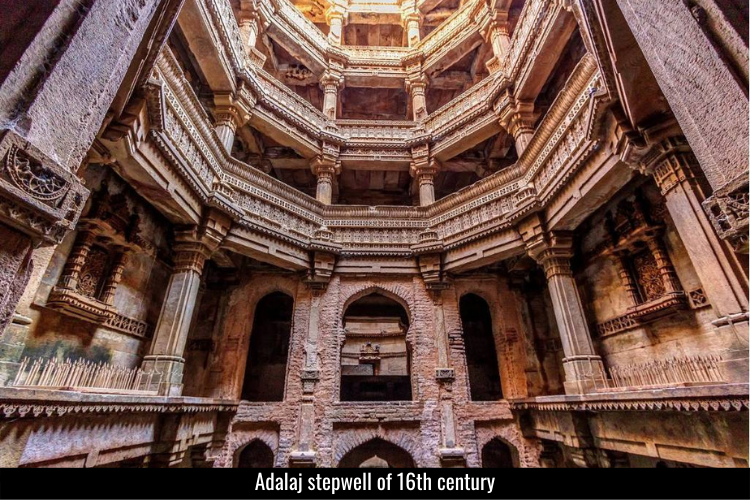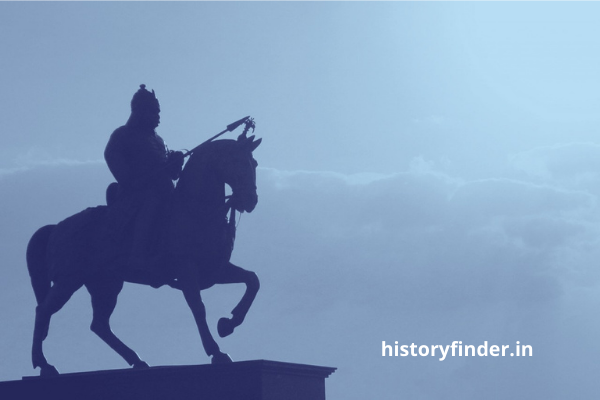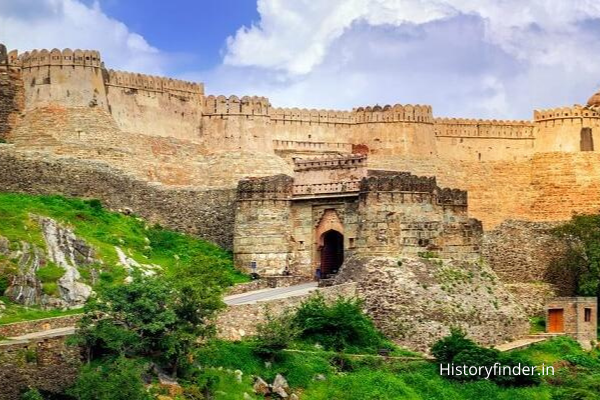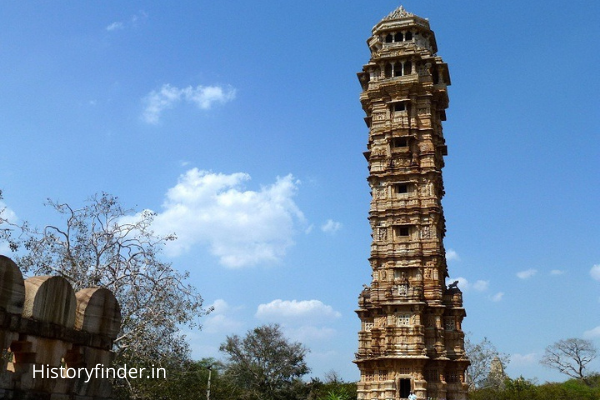India gate is among the most famous monumental arch and historical landmark of New Delhi. The sandstone made memorial commemorates 13,220 war martyrs of the First World War (1914 – 1918) and third Anglo-Afghan War (1919). India Gate is also famous as All India War Memorial or, Delhi Memorial. The historical arch also acts as the national memorial to the 70,000 soldiers of the British Indian Army who died between 1914 and 1921.
The construction of India Gate of New Delhi was ordered by the Commonwealth War Graves Commission or CWGC. Formerly, the commission was know as Imperial War Graves Commission.
The CWGC is an intergovernmental organization who marks, records and maintains the graves and places of commemoration of Commonwealth of Nations Military Service members who died in the two World Wars. You can search the death records of 13220 war martyrs commemorated at India gate at CWGC website.
The All-India War Memorial also serves as the one of the most important tourist attractions. Every evening between 19:00 to 21:30 hours, when India Gate is illuminated, it look even more attractive to the tourists. India Gate counts amongst the largest war memorials in India. Every Republic Day, the Prime Minister visits the gate to pay their tributes to the Amar Jawan Jyoti. Republic Day parade starts following his tributes to the Jawans.
India Gate is often a location for civil society protests. Since 2011, several civil society protests and anti-corruption movements also happened at India Gate.
Construction and architecture of India Gate
The English architect, Sir Edwin Lutyens who designed the architecture of India Gate, gave it a non-traditional look. Pointed arches were very common design during early 20th century. But Sir Edwin did not follow traditional methodologies or any other Asian motifs in his design. He rather kept the India Gate architecture simple which gave it a classical look.
The Gateway of India of Mumbai has very similar appearance to the India Gate of Delhi.
Contextually, Sir Edwin Lutyens was also the main architect of New Delhi. According to the old records, the construction of the new imperial capital city was in progress when the World War I broke out. Saddened by the war fatalities at various war zones, Sir Fabian Arthur Ware founded the Imperial War Graves Commission in 1917. The commission was constituted through Royal Charter which decided to build a war memorial.
Foundation laying ceremony of India Gate
The Duke of Connaught, the third son of Queen Victoria, laid the foundation of the All India War Memorial on 10 February 1921. First Viscount Chelmsford, the Viceroy of India attended the ceremony as well. Officers of the British Indian Army and Imperial Service troops were also present in the foundation laying ceremony.
Architecture
India Gate construction took 10 long years from the date of foundation.
Sir Edwin Lutyens also designed a shallow domed bowl on top of India Gate of New Delhi. The idea was to fill up the bowl with flaming oil on ceremonial occasions. However, no fires were set at least in last few decades. In stead, four eternal flames were placed later at the base of Amar Jawan Jyoti structure.
Delhi India Gate with a height of 42 meters (138 feet), stands on a low base made of Bharatpur red stone. The All India War Memorial arch has a diameter of 625 meters and covers an area of 306,000 square meters roughly.
Inscription on India Gate
An English inscription on top of the India Gate commemorates the soldiers who died between 1914 and 1919. At the top of the inscription, ‘MCMXIV’ in Roman numerical appearing on the left indicate the year 1914 CE. Similarly, the Roman numerical ‘MCMXIX’ on the right points to the year 1919 CE. The word ‘INDIA’ appears in the middle.
The inscription mentions about martyrs of Imperial Service Troops who fought in various places of Europe, Asia and Africa. Here is what the India Gate inscription dedicates.
MCMXIV INDIA MCMXIX
To the dead of the Indian Armies who fell and are honored in France and Flanders, Mesopotamia and Persia, East Africa, Gallipoli and elsewhere in the Near and Far East and in Sacred Memory also of those whose names are here recorded and who fell in India on the North West Frontier and during the Third Afghan War.

History of Amar Jawan Jyoti
Prime Minister Indira Gandhi inaugurated the Amar Jawan Jyoti on 26 January 1972, just beneath the India Gate. The Amar Jawan Jyoti acted as a National War Memorial post India Pakistan War of 1971 and continued till 2019. The black marble plinth holds a riffle and a cap on it with four eternal flames never extinguished since 1972.

On every Republic Day morning, the Prime Minister of India visits the Amar Jyoti Jawan to pay tribute to the martyrs.
Inauguration of National War Memorial
Prime Minister Narendra Modi inaugurated the new National War Memorial in February 2019 at India Gate of New Delhi. On 21 January 2022, the eternal flames of Amar Jawan Jyoti were merged with the new National War Memorial.
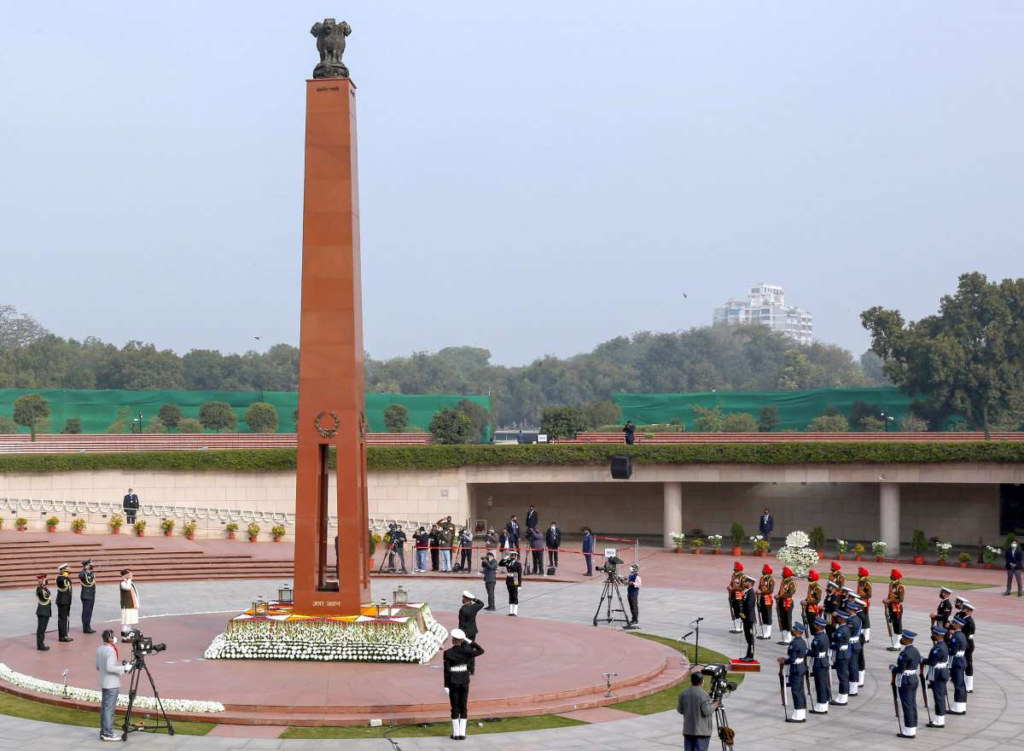
Central Vista Redevelopment Project
Issued in 2020, the project aims to revamp India’s central administrative area including the 3 km long Kartvyapath. The Central Vista Redevelopment project estimates about ₹13,450 crores (approximately $1.7 billion).
Tata Projects Limited has got the contract for constructing a new parliament building. Another company, Shapoorji Pallonji and Company Limited is executing the redevelopment work of the Central Vista Avenue stretching from the Rashtrapati Bhavan to the India Gate.
